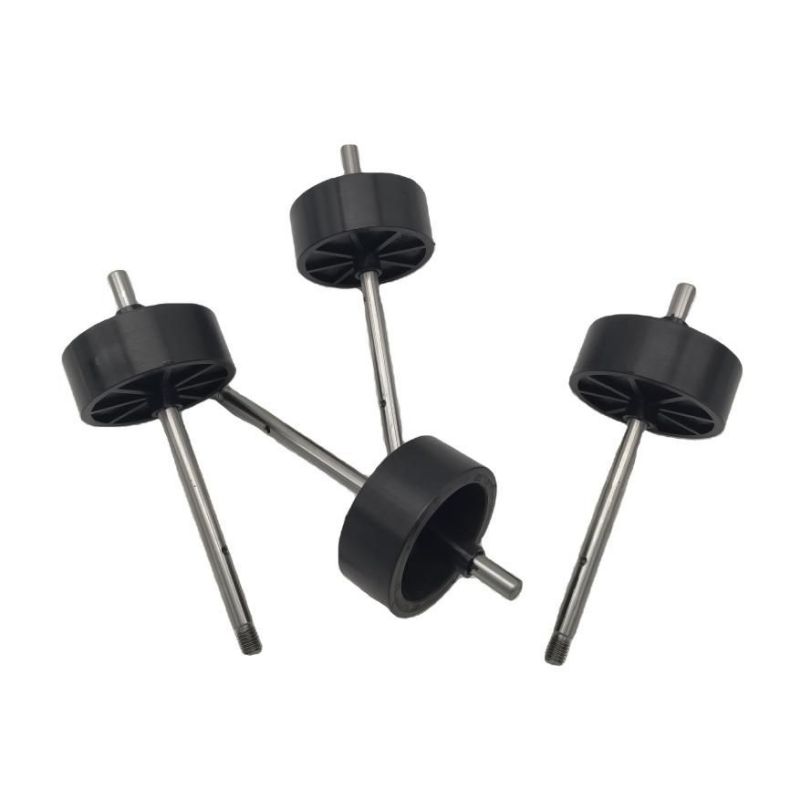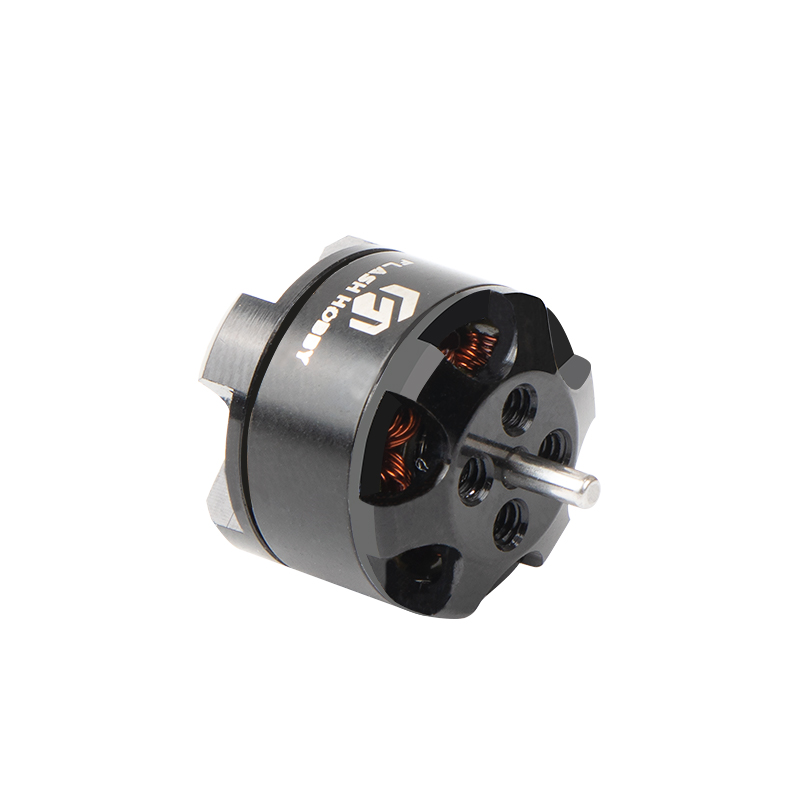Fan DC Motor
A DC (Direct Current) fan motor is an electric motor specifically designed to power fans, which are devices used to generate airflow for cooling or ventilation purposes. These motors are commonly used in various applications such as computer cooling systems, home appliances, HVAC systems, and automo......
Send Inquiry
Product Description
A DC (Direct Current) fan motor is an electric motor specifically designed to power fans, which are devices used to generate airflow for cooling or ventilation purposes. These motors are commonly used in various applications such as computer cooling systems, home appliances, HVAC systems, and automotive cooling systems. Here are some key points about DC fan motors:
Function: The primary function of a DC fan motor is to convert electrical energy from a DC power source (such as batteries or power supplies) into mechanical energy, which drives the rotation of fan blades. As the blades rotate, they move air, creating a cooling or ventilating effect.
Brushed and Brushless Motors: There are two main types of DC fan motors: brushed and brushless.
- Brushed DC Fan Motors: These motors have brushes that conduct electricity to the rotor (the moving part of the motor) to create the rotating motion. Brushed motors are simpler and less expensive but tend to have shorter lifespans and generate more electrical noise.
- Brushless DC Fan Motors (BLDC): These motors use electronic commutation (switching the current direction in the coils) instead of brushes to control the rotor's motion. BLDC motors are more efficient, have longer lifespans, and produce less noise compared to brushed motors.
Speed Control: DC fan motors are often designed to have variable speed control. This can be achieved through different methods such as adjusting the voltage or using pulse-width modulation (PWM). Variable speed control allows users to customize the airflow and cooling performance according to their needs.
Applications: DC fan motors are used in a wide range of applications, including:
- Computer Cooling: Fans are crucial components in computers to dissipate heat from the CPU, GPU, and other components.
- Appliance Cooling: Many household appliances, such as refrigerators and air conditioners, use fans for cooling purposes.
- Automotive Cooling: Fans are used in automotive cooling systems to cool the radiator and maintain proper engine temperatures.
- Ventilation Systems: DC fan motors are used in HVAC systems and industrial ventilation to circulate air and maintain comfortable environments.
Advantages of DC Fan Motors:
- Energy Efficiency: DC fan motors are generally more energy-efficient than their AC counterparts, especially when variable speed control is utilized.
- Precise Control: Variable speed control allows for fine-tuning the fan's performance based on cooling needs.
- Reliability: Brushless DC motors are more reliable and have longer lifespans compared to brushed motors.
- Reduced Noise: Brushless motors produce less audible noise compared to brushed motors.
In summary, DC fan motors play a crucial role in providing efficient cooling and ventilation solutions across various industries and applications. The choice between brushed and brushless motors depends on factors like cost, noise sensitivity, and longevity requirements.










